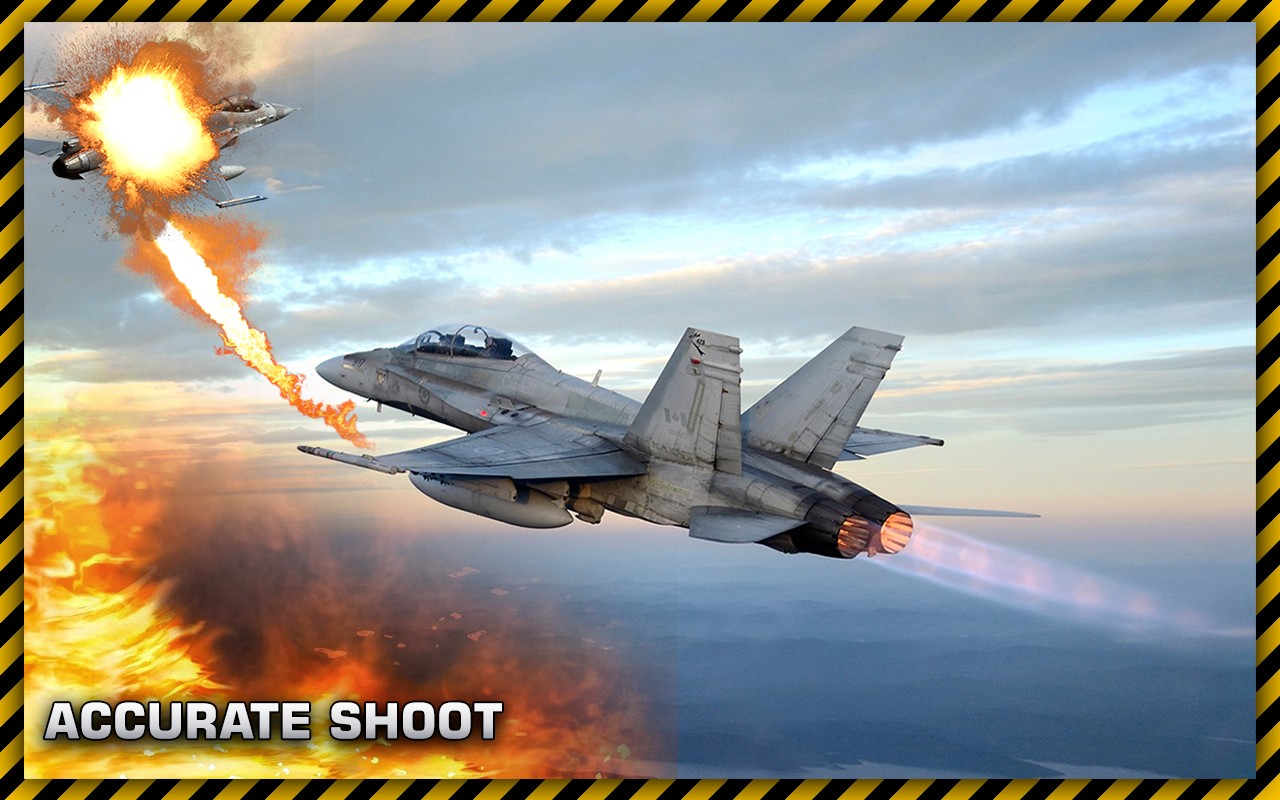
Both jets have what are called “low probability of detection/interecept” communications gear to stay hidden. Standard radio emissions would reveal their locations, which meant devising ways the low-observable fighters could talk to each other without giving away their position. In developing the F-22-and later, the F-35-designers needed to preserve the jets’ stealth against rapidly evolving adversaries. The situation wasn’t brought about by negligence. Even the other fifth generation fighter, the F-35, can’t communicate with the F-22 except at the voice level. While it can receive Link 16 data from other aircraft, it can’t pass along its “God’s-eye view” to other players in the force. The F-22 can’t transmit the most sensitive data it collects to any aircraft besides other F-22s.

That communication, though, is largely limited to radio calls. As a de facto “quarterback” in the contested zone, it makes all other aircraft in the fight more effective. The F-22 Raptor, the Air Force’s fifth generation air superiority fighter, has been described as a “game-changer” in current Middle East operations, using its advanced sensors to see huge swaths of territory and steer coalition aircraft around threats.

The F-22s benefit to the rest of the force could be multiplied by new, data-sharing capabilities. An F-22 conducts air strikes and patrols in Iraqi and Syrian airspace for Operation Inherent Resolve in November 2017.


 0 kommentar(er)
0 kommentar(er)
